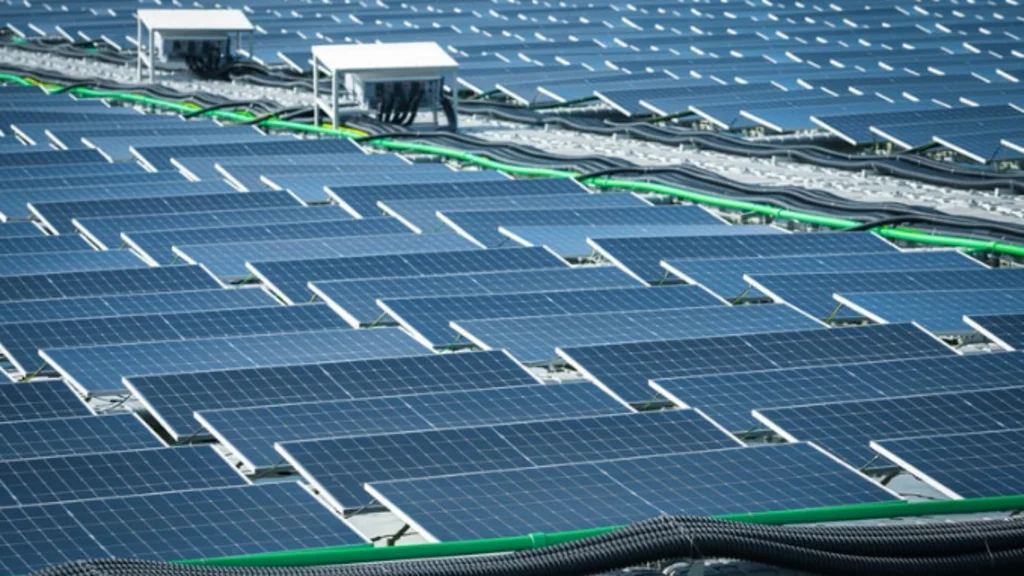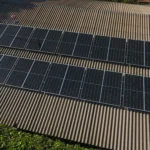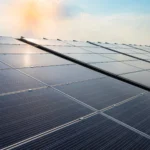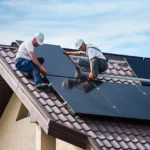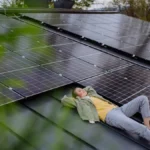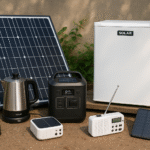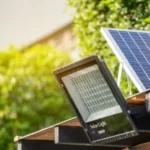Imagine this: You’ve invested in solar panels expecting lower utility bills and a greener lifestyle, only to find your system underperforming. Is the issue with the panel brand, environmental conditions, or the supporting equipment?
In this comprehensive guide, we explore everything you need to know about Canadian Solar Panels, how they perform in the real world, and what you can do to protect your solar investment.
What Are Canadian Panels?
Canadian Solar is a global manufacturer of photovoltaic (PV) modules, with a strong presence in residential, commercial, and utility-scale markets. While the company is headquartered in Ontario, Canada, most of its manufacturing operations are located in Asia, particularly in China.
These panels are widely used due to their balanced approach to price, performance, and reliability. Homeowners and solar contractors often recommend Canadian Solar products because of their:
- Competitive pricing compared to top-tier brands
- Long-term product and performance warranties
- Wide availability in local and international markets
- Diverse product line, including monocrystalline and bifacial modules
- Good efficiency ratings for their price class
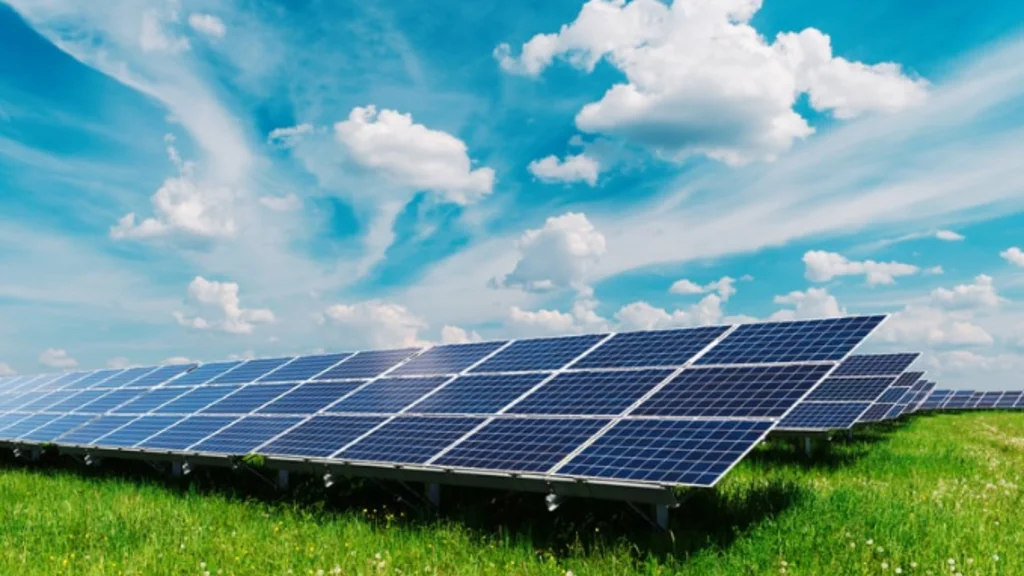
Real-World Efficiency of Canadian Solar Panels
In laboratory conditions, Canadian Solar can achieve efficiencies ranging from 20% to 22.5%, depending on the model. However, actual performance often varies when environmental factors are considered. These include:
- Dirt and dust accumulation
- Partial shading from trees or nearby structures
- Seasonal changes in sun exposure
- Inverter limitations or failure
- Roof orientation and pitch
A homeowner in Central Florida recently reported that his 18-panel Canadian Solar system was underproducing by nearly 15 percent. Upon inspection, the installer found a layer of dry pollen and dust that had built up over the spring. After a simple water rinse and brush down, energy production increased by over 17 percent the following day.
This example illustrates the importance of real-world maintenance in achieving the expected returns from solar technology.
Panel Cleaning: How Dirt Can Affect Output
Even high-efficiency solar panels are susceptible to output loss when exposed to dust, salt spray, or pollen. Research from the National Renewable Energy Laboratory (NREL) confirms that dirty panels can experience energy losses of 10 to 25 percent, depending on the local climate and environment.
How to Clean Your Panels Properly
- Turn off the solar system according to the manufacturer’s manual.
- Use soft brushes or microfiber cloths to avoid scratching the surface.
- Clean early in the morning or late in the evening when panels are cool.
- Use deionized or distilled water to prevent mineral deposits.
- Avoid soap or detergent unless recommended by your installer.
In arid or coastal regions, it is recommended to clean every three to four months. For moderate climates, semi-annual cleaning may be sufficient.
Also click here : Types of solar panel.
Troubleshooting Your Inverter
While solar panels convert sunlight into electricity, the inverter converts that DC electricity into AC for use in your home. If your inverter malfunctions, your entire system may suffer from low energy output or even shut down.
Smart Inverter Issues and Solutions
Common issues include:
- Overheating due to poor ventilation
- Firmware glitches
- Faulty string connections
- Corroded terminal
To troubleshoot:
- Check your inverter’s LED indicators or monitoring app for fault codes.
- Power cycle the inverter by turning it off, waiting five minutes, and restarting.
- Inspect cables and terminals for any signs of damage or wear.
- If problems persist, consult your installer or manufacturer.
Inverters like SolarEdge and Enphase, often used in conjunction with Canadian Solar panels, offer detailed monitoring apps that enable homeowners to detect and respond to performance issues in real-time.
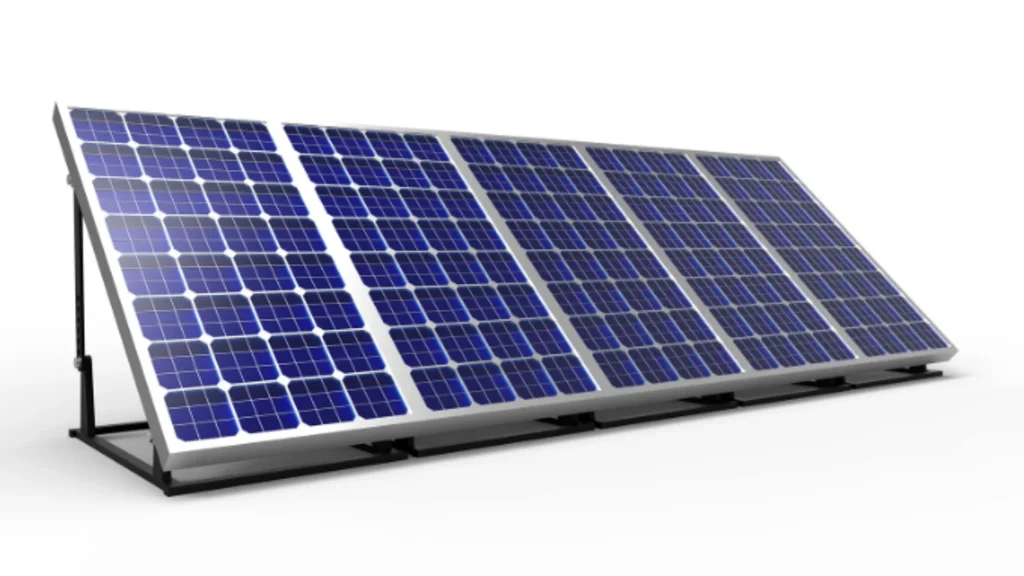
Using Canadian Solar Panels for EV Charging
Charging your electric vehicle with solar energy is both cost-effective and environmentally responsible. A typical EV, such as a Nissan Leaf or Tesla Model 3, consumes around 30 kilowatt-hours (kWh) per 100 miles. With Canadian panels rated between 400 to 450 watts, you would need 6 to 8 panels just to power your vehicle’s charging needs alone.
To make this efficient, homeowners should:
- Install a Level 2 charger compatible with solar integration
- Use smart charging systems that prioritize solar over grid power
- Select chargers with load balancing and scheduling features
Proper sizing of your solar array is key. If your home already uses 25 to 30 kWh per day, adding EV charging requires an additional 2 to 3 kW of solar capacity to keep your monthly bill in check.
Battery Storage and Panel Compatibility
Many homeowners choose to pair their solar panels with battery storage to ensure power availability during outages or peak billing periods. Canadian Solar panels are compatible with most major battery systems, including Tesla Powerwall, LG Chem, and Sungrow.
However, battery performance is sensitive to several factors:
- Temperature extremes
- Charging cycles
- Depth of discharge
Best practices for battery care include:
- Keeping batteries between 20 to 80 percent state of charge
- Avoiding full discharges whenever possible
- Installing batteries in shaded or climate-controlled environments
- Updating firmware for optimal performance and safety
By following these guidelines, homeowners can extend battery life by 3 to 5 years and ensure seamless energy storage.
Common Mistakes in Canadian Solar Panel Installations
Installing solar panels is not as simple as just placing them on the roof. Mistakes made during planning or installation can severely impact system performance. Here are some of the most common issues:
- Ignoring Roof Shading
Trees, chimneys, or nearby buildings can cause partial shading, which drastically reduces energy output, especially for string inverter setups.
- Incorrect Inverter Sizing
If the inverter is undersized, it will clip the energy output during peak production times. Oversizing slightly by 10 to 20 percent is generally recommended.
- Poor Roof Orientation
In the Northern Hemisphere, south-facing roofs are ideal. East and west orientations are acceptable but will yield slightly less output. North-facing arrays are not advisable unless the tilt angle is optimized with racking.
- Not Factoring in Seasonal Cleaning
Seasonal weather patterns influence panel cleanliness. Regions with heavy pollen in spring or dusty summers should prepare for more frequent cleanings.
- Skipping Monitoring Tools
Failing to install or use solar monitoring software means performance drops can go unnoticed for months.
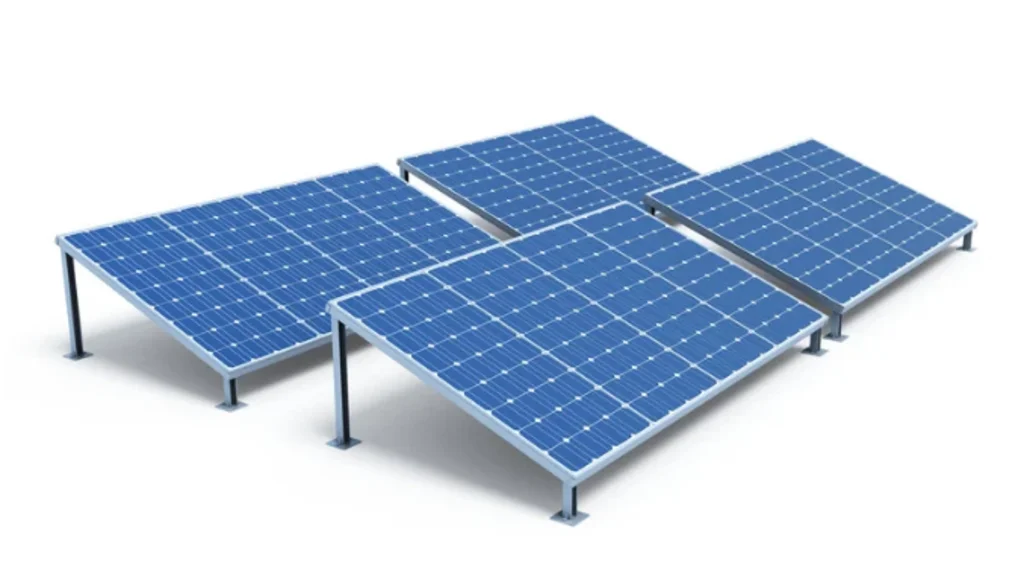
Pros and Cons of Canadian Solar Panels
| Pros | Cons |
|---|---|
| Competitive pricing | Not as efficient as premium brands |
| Long warranty coverage | Manufactured mainly in Asia |
| Good performance in various climates | May require frequent cleaning in dusty regions |
| Widely available in North America | Limited premium panel options |
| Compatible with major inverters | No in-house storage or EV charger |
What Is the ROI on Canadian Panels?
The average 6 kW system using Canadian Solar panels costs around $13,000 before incentives in the United States. After applying the federal tax credit of 30 percent, the net cost is reduced to approximately $ 6,300.
Assuming an annual electricity bill reduction of $1,100 to $1,300, homeowners typically see a payback period of 7 to 9 years. Over the system’s lifetime (25 years or more), total savings can exceed $25,000, depending on local electricity rates and net metering policies.
Homeowners can boost ROI by:
- Cleaning panels regularly
- Installing high-efficiency inverters
- Using real-time monitoring to catch performance issues
- Adding energy storage for time-of-use billing regions
Also visit here : solar power generator.
Final Thoughts: Are Canadian Solar Panels the Right Choice?
Canadian panels strike a balance between affordability and performance. For homeowners and small business owners seeking to transition to renewable energy without overspending, these panels provide a dependable solution.
They may not have the highest efficiency ratings on the market. Still, their long-term warranties, robust global reputation, and compatibility with a wide range of solar equipment make them a practical choice. To maximize their effectiveness, proper installation and maintenance are critical.
Ready to Maximize Your Solar System?
If your panels have not been cleaned or inspected in the past three months, you could be losing between 10% and 20% of your energy output. Schedule a professional system checkup today and maximize the benefits of your solar investment.
FAQs
Are Canadian Solar panels any good?
Yes, Canadian Solar panels are considered reliable, cost-effective, and backed by strong warranties, making them a popular choice for residential and commercial systems.
Which is better, Jinko or Canadian Solar?
Both are reputable brands; Jinko typically offers slightly higher efficiency, while Canadian Solar provides substantial value and broad product availability.
Is Canadian Solar a Chinese company?
Canadian Solar is headquartered in Ontario, Canada, but it operates globally with manufacturing facilities primarily located in Asia.
What is the price of Canadian panels in the market?
Prices vary depending on the model and region, but typically range from $0.40 to $0.70 per watt before installation costs.
How many solar panels are needed to run a 1.5-ton air conditioner?
5 to 7 panels of 400W each to support a 1.5-ton AC running for several hours a day, depending on sunlight availability and usage patterns.

